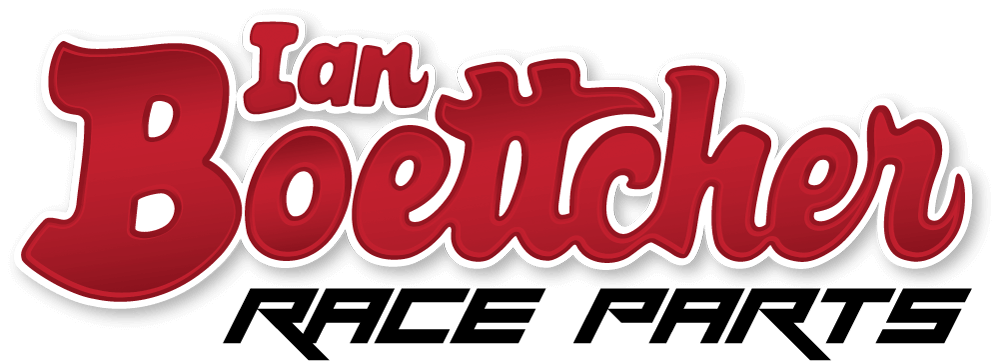WILWOOD BRAKES TROUBLESHOOTING GUIDE
Author: Wilwood Date Posted:31 May 2022
WILWOOD BRAKES
TROUBLESHOOTING GUIDE
|
|
|
|
|
|
|
|
|
|
|
|
|
|
|
|
|
|
|
|
|
|
|
|
|
|
|
|
|
|
|
|
|
|
|
|
|
|
|
|
|
|
|
|
|
|
|
|
|
|
|
|
|
|
|
|
|
|
|
|
|
|
|
|
|
|
|
|
|
|
|
|
|
|
|
|
|
|
|
|
|
|
|
|
|
|
|
|
|
|
|
|
|
|
|
|
|
|
|
|
|
|
|
|
|
|
|
|
|
|
|
|
|
|
|
|
|
|
|
|
|
|
|
|
|
|
|
|
|
|
|
|
|
|
|
|
|
|
|
|
|
|
|
|
|
|
|
|
|
|
|
|
|
Comments (1)
Great blog post, love your work!
By: Joe Blog on 21 March 2014This is a fantastic example of lorem ipsum dolor sit amet, consectetur adipiscing elit. Duis vehicula sit amet tellus ut fringilla. Nunc rutrum et elit quis condimentum. Nullam quis pellentesque odio.





